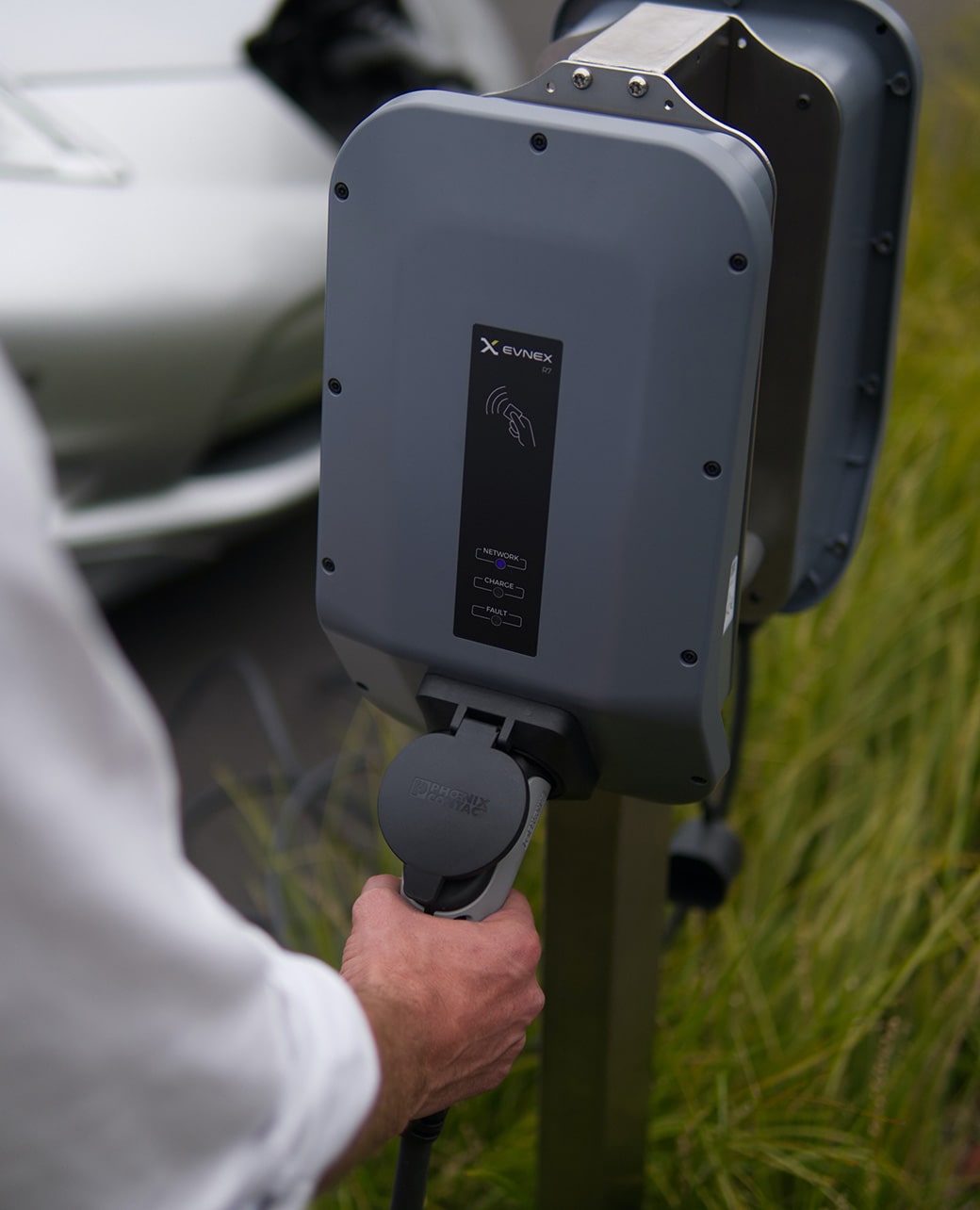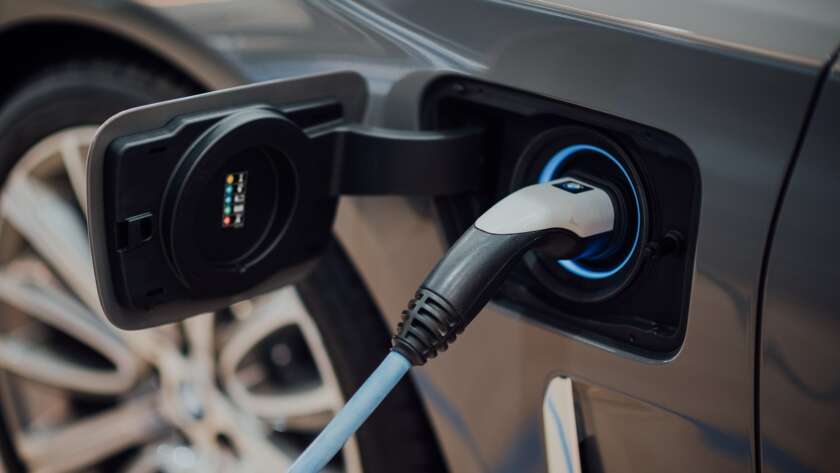





The Rise of Electric Vehicles
Do soaring gas prices and remembering to get oil changes have you considering an electric vehicle (EV)? Maybe it dawns on you when you’re stuck in bumper-to-bumper traffic and see the exhaust from all the nearby cars. Whatever the reason, you came here to learn more about electric vehicles.
What is the History of Electric Vehicles?
Would it surprise you to learn that electric cars existed in the 1800s? While the early incarnations were basic, small-scale vehicles, inventors developed better models for almost a century..
By 1912, Henry Ford’s Model T became an affordable, accessible option that ultimately replaced the electric car – for a while. The 1970s saw renewed interest in EVs that propelled car manufacturing in a new direction.
The turn of the century saw an increase in hybrid vehicles and a push toward cleaner energy. Tesla announced a luxury EV in 2006, which triggered the need for charging stations across the globe.
By 2014, consumers could choose between a range of hybrids and all-electric vehicles. There are dozens of options available for those who feel the need to switch gears.
Types of EVs
We have plenty of choices when it comes to EVs, but it helps to know the three main types before choosing one..
- Plug-In Hybrid Electric Cars can run on gas-only or electric-only. They can travel around town on electricity since they have smaller batteries. When the battery runs out, the car switches to gas.
- Battery Electric Cars have one large battery that powers the car. They can travel up to 300 miles without recharging and don’t need oil changes or other routine maintenance that you get with gas vehicles.
- Fuel Cell Electric Cars have a central power system composed of several cells that combine hydrogen gas and oxygen to create electricity. Drivers can typically make it 300 or more miles before refilling their hydrogen tanks.
Though these all use electricity to run, an all-electric car operates a little differently from a hybrid or a hydrogen fuel cell vehicle.
Check out what today’s affordable electric vehicle options are.
The Benefits of Going Electric
The debate about whether to go electric is ongoing, but there are several benefits tied to EVs
- Monetary incentives exist at the state and federal levels for purchasing new electric vehicles.
- Fueling up costs substantially less, and the EVs are far more efficient than gas cars.
- Charging is easy and accessible. The infrastructure for EVs has come a long way, and it’s possible to look up charging stations from a mobile device, so you never risk running low.
- All-electric vehicles don’t have exhaust systems that pollute the air. Even hybrids have reduced emissions, making all EVs eco-friendly.
Finally, electric vehicles tend to perform better overall, in the city and on the open road. It’s not just about mileage, they tend to be quieter rides since there aren’t many moving parts..
Common Questions About EVs

Sustainability is Our Main Advantage
EV charging infrastructure is growing at a lightning pace.
- Clean Air
- Fuel Economy
- Better Performance


